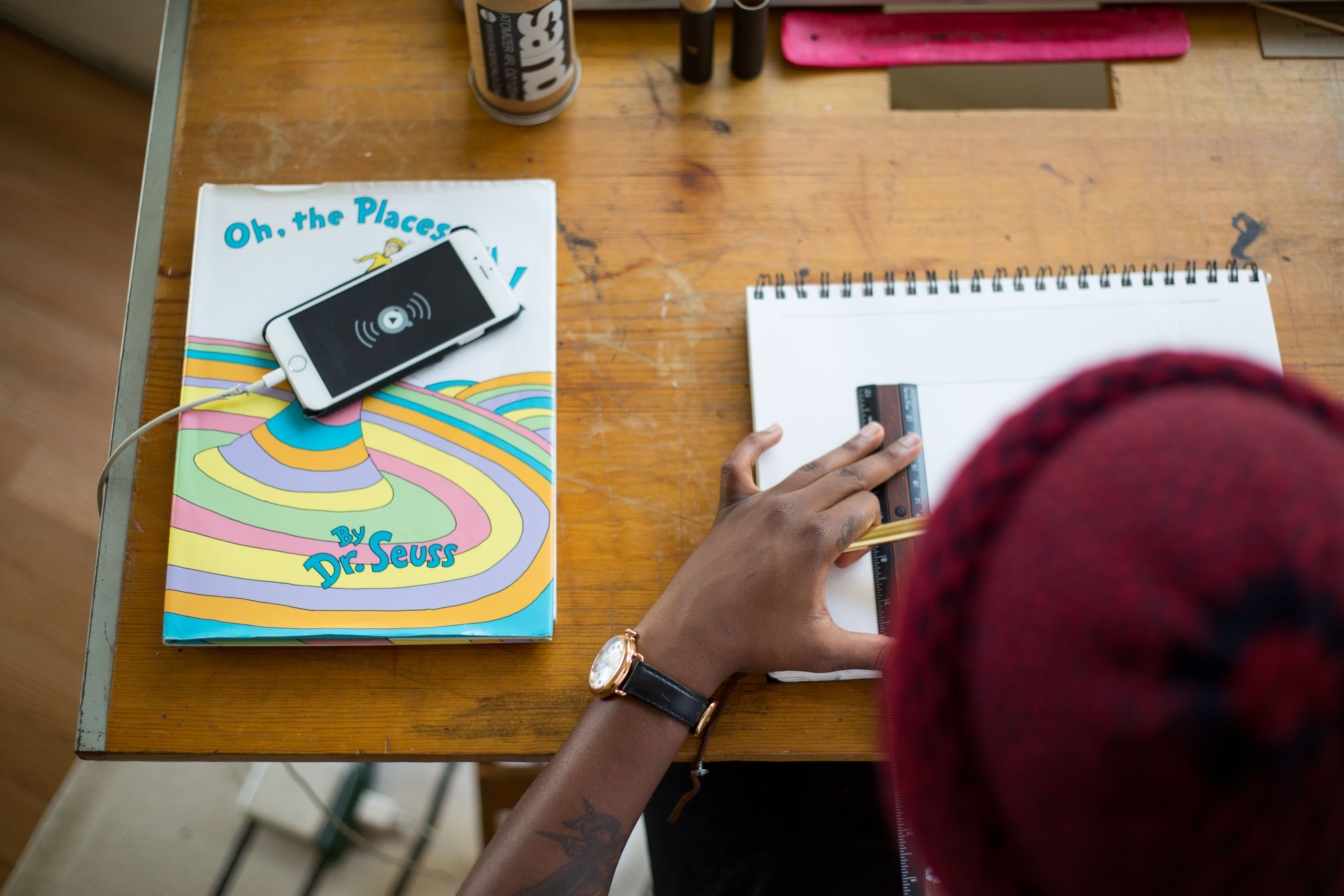“How do you see the possibility that Amazon or Google enter the banking business? Fantastic We would love. I think it’s going to push a change in the client’s mentality, which is going to come to the conclusion that there are other things out there”. This is what Francisco Sierra, Head of European Markets of N26 said over a month ago.
It has not been necessary to wait too long. As we told you a few hours ago, it was Apple, with the launch of Apple Card, which has taken the first step. The technology will become in the coming months, one of the largest fintech in the world and although for now perhaps for prudence, it is not yet a bank, it is hard to think that in the future it will not be.
But let’s go in parts. What exactly has Apple released?
At the moment, a debit card … which is really much more. First, because it is a service “to the Apple” with all that implies: great design and user experience and integration within its ecosystem (Apple Pay, Touch ID, Apple Face ID, iTunes, Appstore).
Second, because it follows the line drawn by many other fintech, such as the N26, Revolut, Monzo or the Spanish Bnext: intelligent breakdown of the different payments, geolocalized payments, possibility of making budgets, etc.
And third and perhaps more importantly, two characteristics that set them apart from the competition: the return of a percentage of each purchase (1%, 2%, or 3% depending on the type of purchase) and the promise to scrupulously respect the privacy of its users.
In this regard, the company has promised that all transactions made with your card will be encrypted from end to end; that the data of its users will never be transferred to third companies as input for advertising actions and that ultimately, the customer’s data is from the customer and not from a future marketing campaign. All the above, plus a free offer of commissions, with the same conditions at the international level.
Without iPhone there is no Apple Card
Apple Card has however some “buts”. The main one, without a doubt is his dependence on the iPhone. Although the multinational has an increasingly diversified product portfolio, the iPhone is its “goose that lays the golden egg” and wants it to remain so. And is that although customers who so wish may obtain a physical version of the debit card from Apple, yes or yes they must also have an iPhone to operate.
In this sense, it is important to bear in mind that each Apple Card will be linked to a single device, which will store the card information in the secure element of the terminal (as it happens with mobile payments). This means that even if we were to pay in a store with the physical card, we would need to take with us that iPhone that will be in fact, which is responsible for verifying and processing each transaction.
Not only that. Each time we use the card, we must confirm our identity using Touch ID or Face ID. In other words, to use Apple’s new service we will need at least an iPhone 8.
Time will tell if this becomes an opportunity (to sell more smart phones, which is actually what Apple wants) or instead, a small-big obstacle that will limit their growth. And is that with smartphones in the barrier of 1,000 euros, Apple Card is playing.
Did it have to be with Goldman Sachs?
But we mentioned it before. With Apple Card Cuppertino, at least for now, have given up on becoming a bank. And not only that. For the launch of their new financial service, they have allied with one of Wall Street’s “most hated”: Goldman Sachs.
It serves as a refreshment to remember the prominence that the Goldman guys had in the last financial crisis. In 2011, the bank was ordered to pay a fine of more than 5,000 million dollars when found responsible for selling assets linked to junk mortgages, to later adopt bearish positions against those same assets, which produced a double benefit for the bank. And although finally no criminal charges were filed against their managers, it was amply demonstrated that this financial institution was the main responsible for bringing thousands of families to ruin.
However, when the siren songs that “threatened” to refound capitalism have already passed, little has changed. In its latest results, the bank registered a growth of 6.8% and its shareholders have applauded a performance that has exceeded market expectations. Lloyd Blankfein chairman and CEO of Goldman Sachs during the subprime crisis, remains in office.
What do we expect in the future of Apple Card? Although it is early to make accurate forecasts, we would not be surprised if in the medium term Apple Card were a tool to facilitate the financing and purchase in the first place, of Apple’s own products. For this, he would not need to have a banking license and could rely on any credit institution. And later? Who knows. But what seems clear is that if Apple enters fully into the banking business, it will not do so in a “traditional” way.

